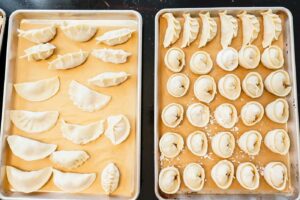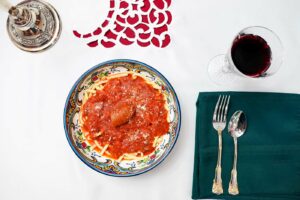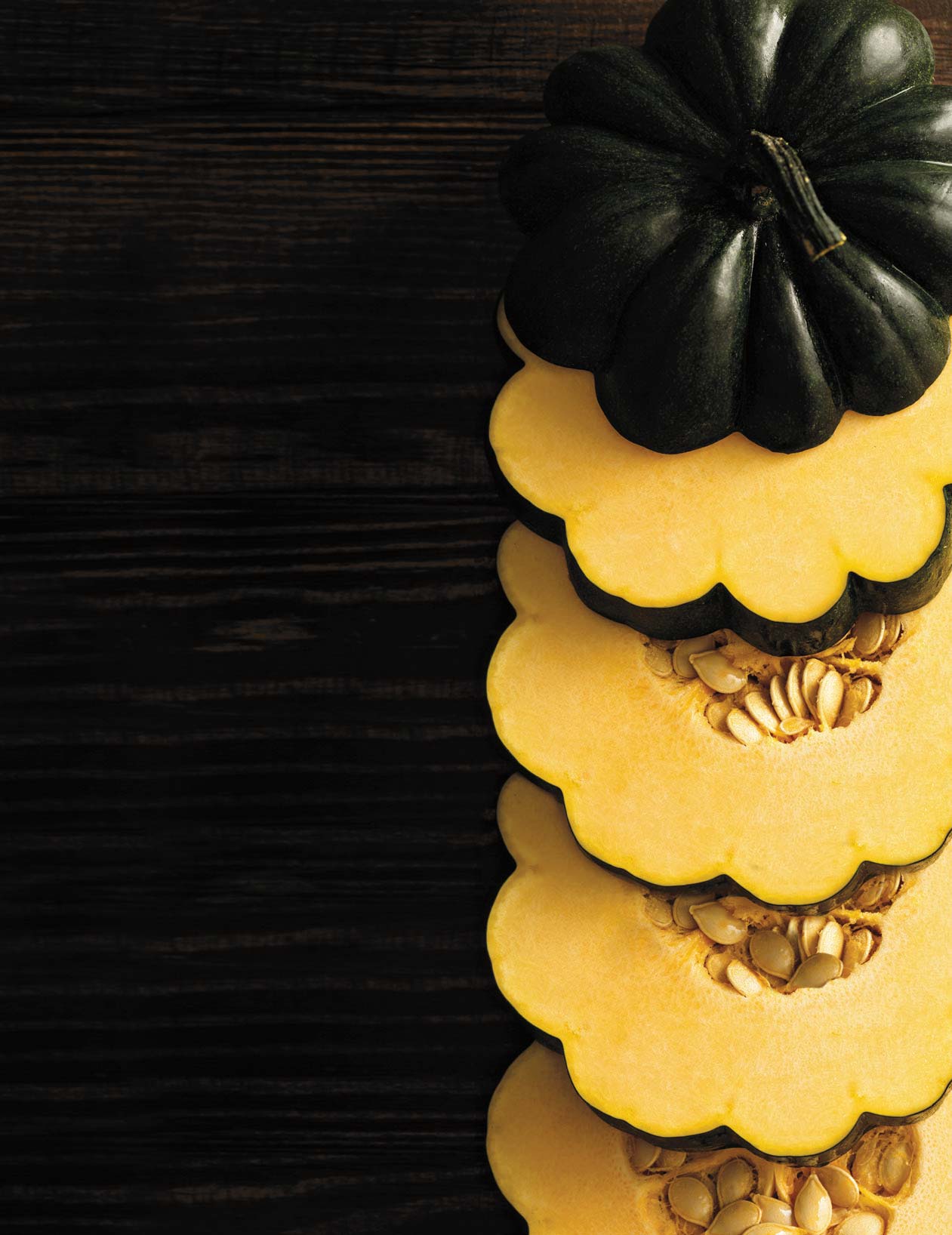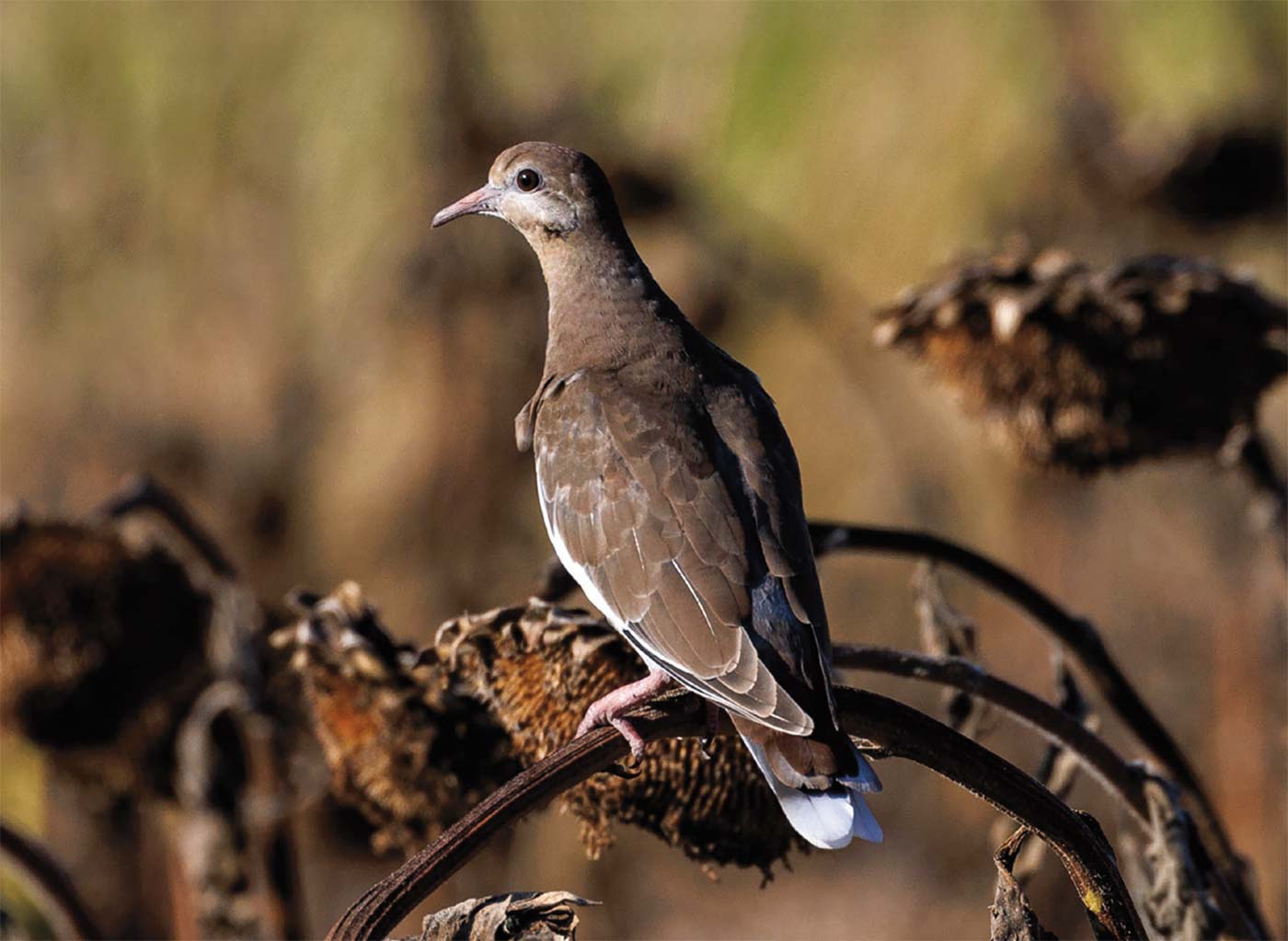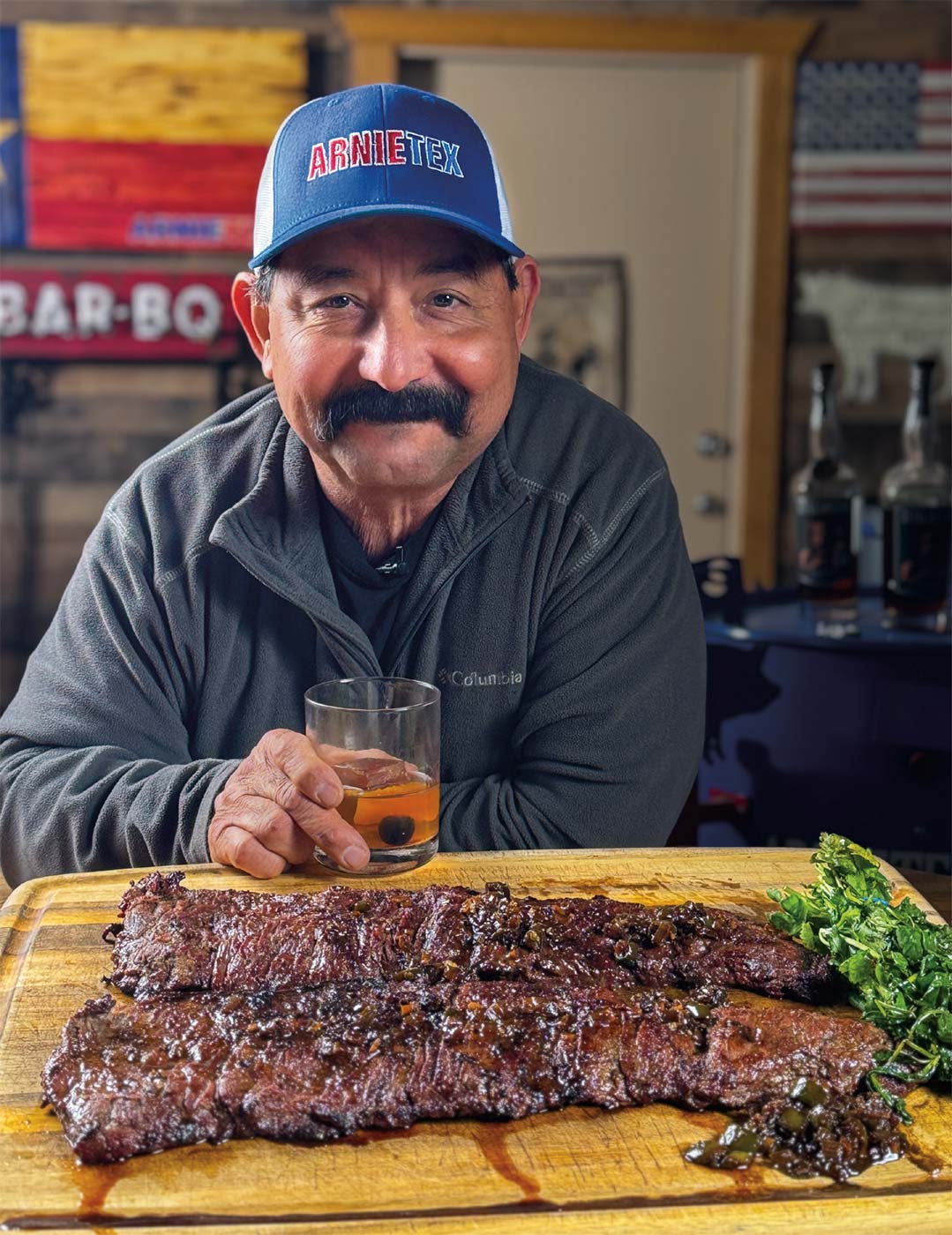The variety here in the RGV just may surprise you
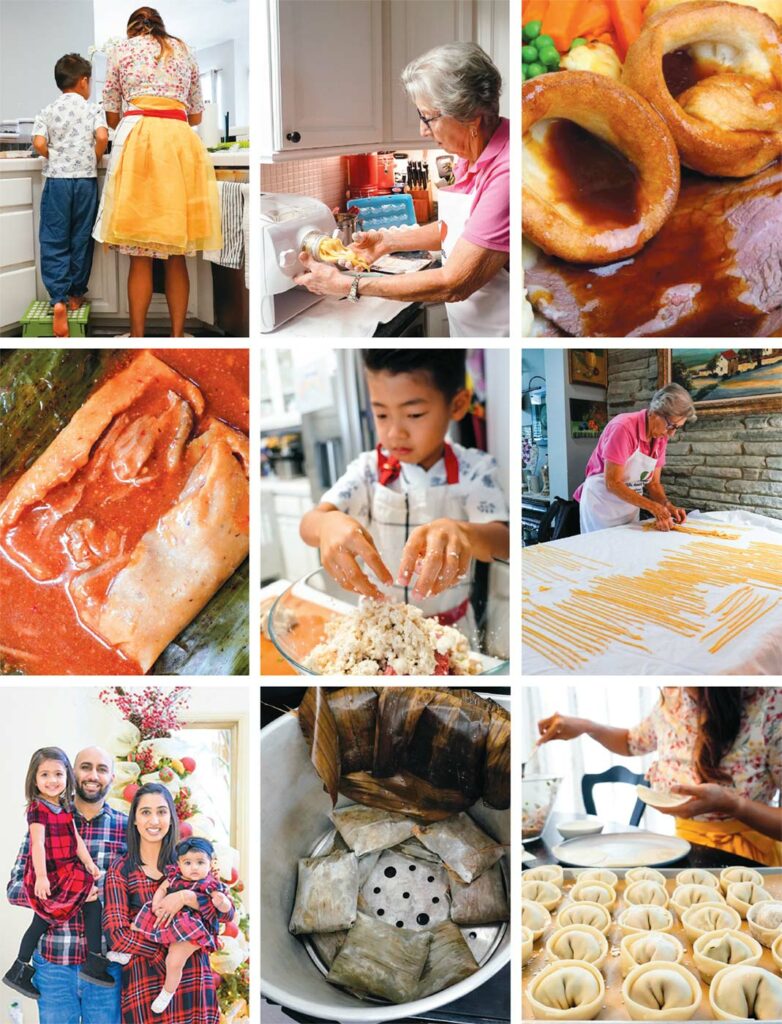
When the sun begins to set earlier and earlier, and cold fronts provide a fresh and nippy chill to the air, the holiday season arrives in the Rio Grande Valley. Now we prepare our favorite foods, gather together to tell the stories of our history and share with family and friends in the feeling of community.
In my own family, I have fond memories of visiting my older sister Dianna and her dad Don Wray at his Houston home. As a special tradition, the three of us had a pre-Christmas Eve celebration, always steeped with the ever-present smell of wassail.
Over the years, the recipe has been tested, tinkered with and occasionally made over entirely to produce what, each year, our family considers a wassail without equal.
Don passed away right before the holidays in 2021, but whenever I set out my wassail pot on the stove, it brings me right back to those happier times in his kitchen and my own fond memories of holidays long past.
While it might not always seem like it at first glance, the valley is a place of people, each with their own holiday touchstones and traditions no less dear than my own, gathered from many corners of the world outside our own little spot in South Texas.
From homemade pasta for Christmas dinner to New Year’s Day dumplings, here are a few ways families in the Valley come together and celebrate this holiday season.
A Delicious New Year
Each New Year’s Day, Suzy Lee has a tradition with her husband Steve and their two young sons, to make dumplings and celebrate the new year together with a rice cake soup called tteokguk.
“Traditionally, you are supposed to eat tteokguk, a rice cake soup. I believe it symbolizes a prosperous new year. There are also certain things like dumplings — shaped like money pockets, which bring good luck also. So we traditionally will combine these in a dumpling and rice cake soup,” she said.
These dishes, and others, Lee makes for the Korean New Year (known as Seollal), which is on January 22 due to the lunar calendar, but Lee also likes to make them for the American New Year.
From an early age, she remembers being a sous chef for her mom in the kitchen as her father prized tradition and homemade food.
“My dad is very firm on tradition, and so I have made dumplings with my mom for as long as I can remember,” she said.
Lee shares that experience with her family to ensure her children connect with their Korean heritage. The boys help her put the filling — a mixture of beef, tofu, chives, egg, garlic, soy sauce and sesame oil — into dumpling wrappers. Husband Steve also helps seal and fold the dumplings.
For tteokguk, the dumplings go into the soup pot filled with either anchovy or beef broth, to cook with the sliced rice cakes until they bob to the surface twice. The family only makes dumplings twice a year, so for any uncooked extras, Lee freezes to eat the rest of the year.
“I told my husband that as long as our children are in our house — and even when they do leave — I kind of want that we always make dumplings on New Year’s Day. They can go party on New Year’s Eve, but on New Year’s Day, they better be back at our house making dumplings with us.”
To Be Italian
When Virginia Wood — then Virginia Voltaggio — moved to Brownsville with mother Lorene and father Frank for his seafood business in 1950, there was very little here in the way of Italian food.
“My father would write to his brothers and ask them to send him cheeses and different things,” Wood said.
Lorene took charge of the cooking after learning how to make proper Italian food from Wood’s grandmother, Vincenza Vivona Voltaggio, who had immigrated from Italy. Wood remembers helping her mother in the kitchen as she cooked and canned the fresh tomatoes the family would use for sauces and made pasta by hand as her grandmother had done.
For Wood, the Christmas foods — and all the preparations of the season leading up to it — are a cherished time as she continues to share the family’s history and Italian culture with her two sons, their spouses, three grandchildren and extended family.
At the beginning of the holiday season, Wood makes cuccidati — a Sicilian fig cookie made with fruit, nuts, citrus and a nip of brandy, and pizzelles, a vanilla cookie with a lacey snowflake appearance.
However, Christmas Day is the real showstopper as Wood and her husband John host the family in their home for a formal candlelit meal. With help from her grandchildren, Wood makes homemade, from-scratch spaghetti pasta garnished with a special sauce.
On Christmas Eve night, Wood starts cooking several braciole. A braciole starts like a meatloaf, which she stuffs with three or four peeled hardboiled eggs. The braciole is wrapped in round steaks and tied before browning in a pot. For the sauce, she adds tomato sauce, Italian seasoning, Italian sausage, and pork chops, letting them cook for hours before serving. The resulting sauce covers the pasta and the servings of braciole.
The family enjoys the meal together, pulling Christmas crackers in honor of her mother’s British heritage and singing Christmas carols together.
”I try to create as many special activities that would bring my children, their wives and my grandchildren into participating and feeling like they are part of this special family where we do these things,” she said.
The Smell of Home
When the tamales Veracruzanos are cooking for Miguel Herrera, it is the smell of his childhood, a fond reminder of the times he would visit his grandmother in the Huasteca region of Mexico.
After a rain, the air would fill with the smell of banana plants. Herrera, who wraps his tamales in banana leaves, remembers fondly watching his grandmother, Francisca Sanchez, lead the family in cooking these tamales together.
“It’s a kind of nostalgia. When I smell that banana leaf, it brings me back to Huasteca,” he said.
He is committed to keeping the Christmas tamales tradition alive — especially now that he and his wife Kaitlyn welcomed their first child in July.
Herrera, often at the Brownsville Farmers’ Market selling his tamales under the name of Tamale Mio, worked hard to figure out the right way to make the tamales he remembered.
Now, at home during the holidays, his family loves to ask him to make tamales for family parties and get-togethers during the holiday season. He said their favorite is the puerco en chilpan.
Herrera starts with a Boston butt cut of pork, chopped into pieces, to which he adds his blend of seasonings and garlic. After cooking it for four hours, Herrera strains and reserves the liquid to which he adds a blend of chiles then a good helping of masa, to thicken it into a gravy to add to the pork.
Then it all goes in the signature banana leaf.
Growing up, he remembers how everyone got together to help make the tamales. There was music and a general air of joy about the process.
“Everyone had their role to play, so that is what I try to do during Christmastime. I put my brothers to one task and my mom to another task,” he said. “So in the end, we all have these tamales to take home for the rest of the holidays that will have that same taste.”
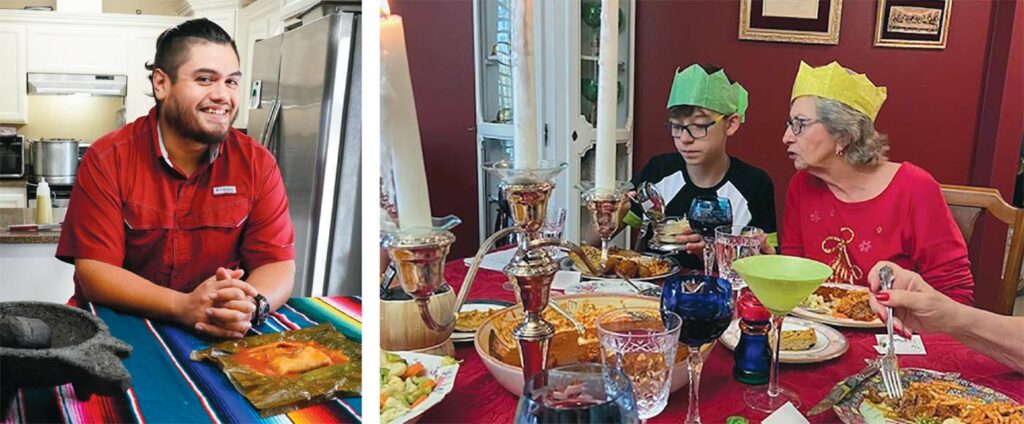
A True Christmas Dinner
Living in McAllen, there is one thing that Priyanka Patel — a Valley transplant from South Wales in the United Kingdom — missed from the Christmas dinners of her childhood.
Growing up, Christmas dinner with her family was similar but with some differences from her celebrations here in the United States. At her childhood home, there was the familiar turkey and stuffing but add to that gooseberries, parsnips and her favorite: Yorkshire pudding.
“You make these with eggs, flour and either water or milk. It is like a bread cup that you pour your gravy in. That is my absolute favorite thing,” Patel recounted. In the U.K., you can buy Yorkshire puddings frozen and ready to heat up in the oven — in McAllen, not so much. So each year Patel and her husband Hershal try new recipes to find the perfect Yorkshire pudding for Christmas lunch with their parents and three children.
“Because of our busy schedules, we do not get to eat together a lot. That day I like that we have this meal together,” she said.
History in a Drop of Oil
Food has an integral relationship with the spiritual in Judaism, according to Dina Hecht of Chabad RGV in McAllen.
“Every Jewish holiday, the serious ones like Rosh HaShanah (the Jewish New Year), or the celebratory ones like Hanukkah, has its traditional foods and unique celebrations,” she said.
Hecht, who directs Chad RGV alongside her husband, Rabbi Asher, explained that within their faith, they believe that everything in the physical world is there to serve a spiritual purpose. The foods they eat for specific celebrations and observances invoke memory and history.
Hanukkah, from Dec. 18 to Dec. 26 this year, is a historical holiday that is an eight-day-long remembrance of the survival of the Jewish people. More than 2,000 years ago, the Jewish people reclaimed the desecrated Temple of Jerusalem. Rededicating it to God required a lit menorah, but only a small amount of usable oil was left in the temple after the destruction. The quantity was so small it was estimated it would not even last a day. They used the oil anyway, to keep the menorah lit, and the oil burned for oil days, enough time to prepare new oil.
“The miracle that we are celebrating is the Jewish survival along with freedom of religion and the ability to be ourselves,” Hecht said.
The staple Hanukkah foods are latkes, potato pancakes, pan or oven fried in oil, and jelly-filled donuts called sufganiyot. Hecht said these are not the only foods you can eat. The Jewish faith is multicultural, and people often put their own regional spin on the food they choose to observe with.
As the family celebrates the holiday with songs, food and discussion, Hecht said that watching her children ask questions and get excited about what is happening is a way for her to experience Hanukkah again through their eyes.
“A child has a unique excitement, and when I cook these foods for my kids, that brings that out in me,” Hecht said.
